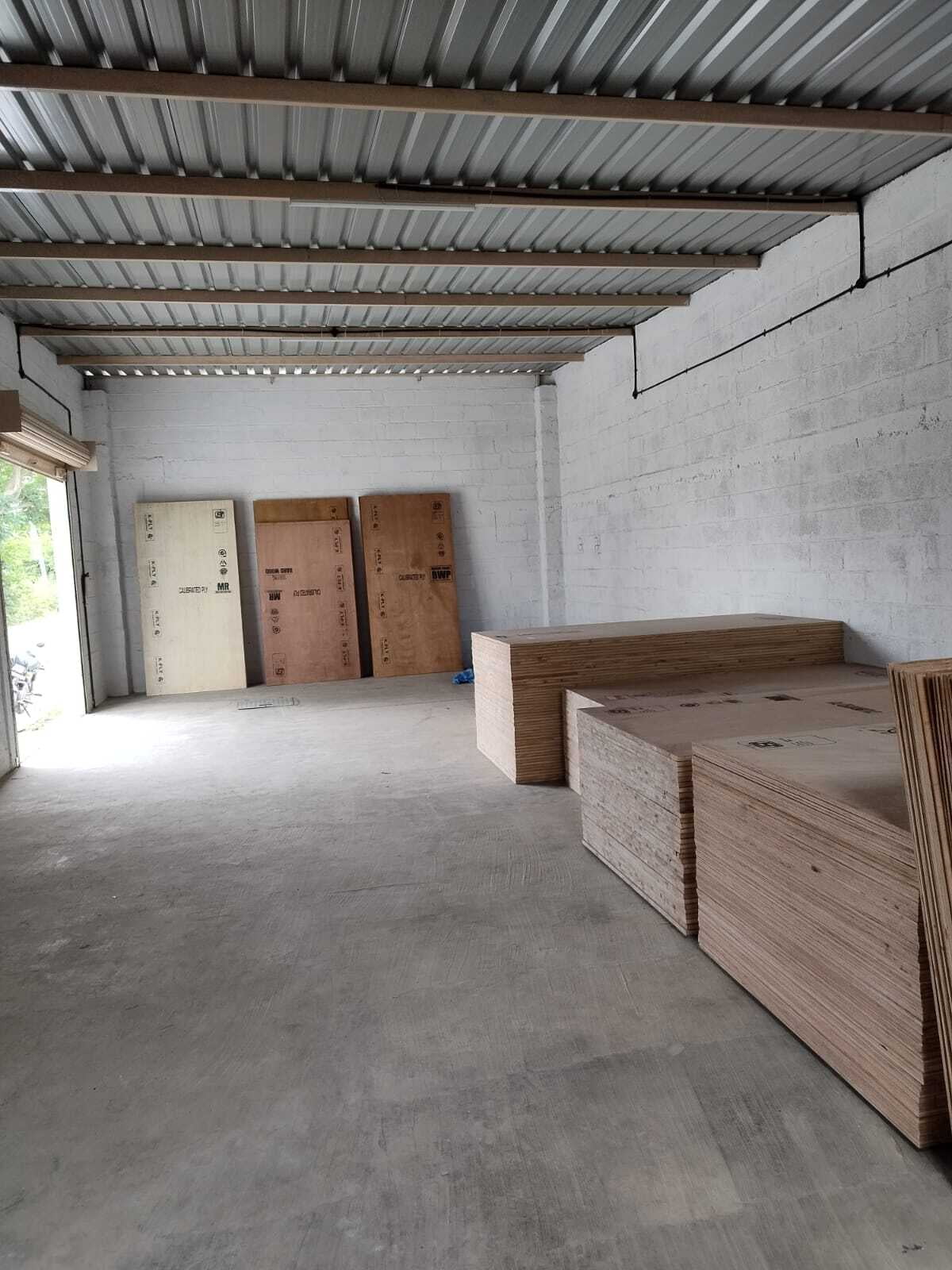Introduction
Plywood is a versatile and widely used material in construction, furniture making, and various DIY projects. However, working with plywood requires careful attention to detail to avoid common mistakes that can compromise the quality and integrity of your finished project. In this blog, we'll discuss some of the most common plywood mistakes to avoid, along with expert tips to help you achieve successful results in your woodworking endeavors.

- Choosing the Wrong Grade of Plywood: One of the most common mistakes is selecting the wrong grade of plywood for your project. Plywood is available in different grades, ranging from A to D, with each grade indicating the quality and appearance of the wood veneers. Using a low-grade plywood for a high-quality project can result in visible defects, such as knots, voids, and uneven surfaces. Always choose a plywood grade that matches the requirements of your project in terms of appearance, strength, and durability.
Expert Tip: Invest in higher-grade plywood for projects where appearance matters, such as furniture making or cabinetry. For structural applications, such as subflooring or sheathing, you can opt for lower-grade plywood with fewer aesthetic requirements.
- Ignoring Plywood Thickness Requirements: Another common mistake is ignoring the recommended plywood thickness for your project. Plywood comes in various thicknesses, ranging from 6mm to 25mm or more, with each thickness suitable for specific applications. Using plywood that is too thin can compromise structural integrity, while plywood that is too thick may be unnecessary and add unnecessary weight and cost to your project.
Expert Tip: Consult project plans or industry standards to determine the appropriate plywood thickness for your specific application. Consider factors such as load-bearing requirements, span distances, and intended use when selecting plywood thickness.
- Neglecting Proper Storage and Handling: Improper storage and handling of plywood can lead to damage, warping, and deterioration of the material. Exposing plywood to moisture, extreme temperatures, or direct sunlight can cause it to warp, delaminate, or develop mold and mildew. Similarly, mishandling plywood during transportation or installation can result in surface scratches, dents, and other cosmetic defects.
Expert Tip: Store plywood in a dry, well-ventilated area away from direct sunlight and moisture. Use stickers or spacers to allow air circulation between sheets and prevent warping. Handle plywood with care during transportation and installation to avoid damage to the edges and surfaces.
- Skipping Surface Preparation: Proper surface preparation is essential for achieving a smooth and professional finish on plywood projects. Skipping steps such as sanding, sealing, and priming can result in rough surfaces, uneven paint or stain absorption, and poor adhesion of finishes. Neglecting surface preparation can also make defects and imperfections more noticeable, detracting from the overall appearance of the finished project.
Expert Tip: Take the time to sand plywood surfaces thoroughly with progressively finer grit sandpaper to achieve a smooth and even finish. Apply a suitable wood sealer or primer to seal the pores and promote better adhesion of paints, stains, or finishes. Allow adequate drying time between coats for optimal results.
- Overlooking Proper Joinery and Fastening Techniques: Inadequate joinery and fastening techniques can compromise the structural integrity and stability of plywood projects. Using improper joinery methods, such as butt joints without reinforcement or inadequate adhesive coverage, can result in weak and unstable connections. Similarly, using the wrong type or size of fasteners, such as nails that are too short or screws that are too thin, can lead to loose joints, splitting, and failure under load.
Expert Tip: Choose appropriate joinery methods, such as dadoes, rabbets, and dowels, to create strong and stable connections between plywood panels. Use high-quality wood glue or adhesive with adequate coverage and clamping pressure to ensure a secure bond. Select fasteners that are suitable for plywood, such as corrosion-resistant screws or nails with sufficient length and diameter to penetrate the material effectively.
- Rushing Through Finishing and Assembly: Rushing through the finishing and assembly process can result in sloppy workmanship, poor fit and finish, and compromised durability. Failing to take the time to align panels properly, apply finishes evenly, and allow adequate drying time can lead to visible defects and premature failure of the project. Additionally, neglecting to follow manufacturer instructions or industry best practices for assembly and finishing can result in subpar results and dissatisfaction with the final outcome.
Expert Tip: Take your time to ensure proper alignment, fit, and finish at each stage of the assembly process. Follow manufacturer recommendations and industry standards for applying finishes, allowing drying time, and handling cured materials. Double-check measurements, cuts, and joinery before final assembly to minimize errors and ensure a professional result.
Conclusion:
Avoiding common plywood mistakes requires attention to detail, proper planning, and adherence to best practices throughout the woodworking process. By selecting the right grade and thickness of plywood, properly storing and handling the material, preparing surfaces thoroughly, using appropriate joinery and fastening techniques, and taking your time during assembly and finishing, you can achieve






